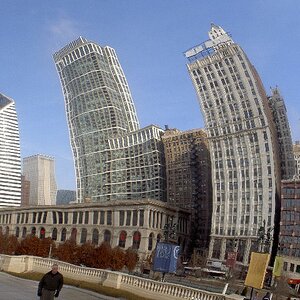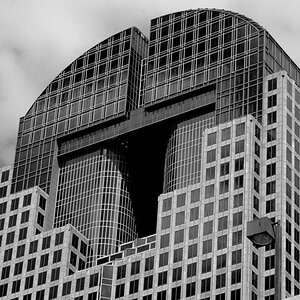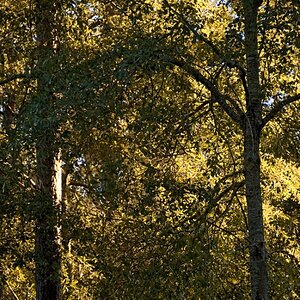bs0604
TPF Noob!
- Joined
- Nov 28, 2011
- Messages
- 335
- Reaction score
- 27
- Location
- Virginia
- Can others edit my Photos
- Photos OK to edit
I just started using my Nikon d90 with Photomatix Pro to obtain/process HDR images. It works well but in view of having to take 3 pictures using the bracket feature on the camera, I don't understand how photographers take the action shots using HDR. eg I saw a picture of a horse rearing up that was in HDR but don't understand how this image was obtained in view of needing the many seconds to take a series of 3 bracket shots for Photomatix. Any help in educating me?


![[No title]](/data/xfmg/thumbnail/41/41755-a922f39cc29ff8f6e66a197508bf99f3.jpg?1619739881)


![[No title]](/data/xfmg/thumbnail/41/41756-e54235f9fba04c8380cd991845bb84b1.jpg?1619739881)
![[No title]](/data/xfmg/thumbnail/39/39419-5d4fd8535ab4f6e01caa38b72bf396e0.jpg?1619739023)
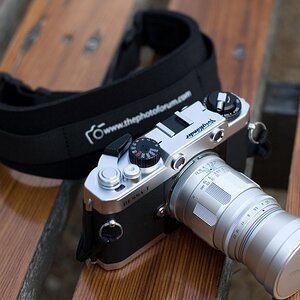
![[No title]](/data/xfmg/thumbnail/41/41759-f0f73c457ebcb6dabcbddc7a3c000487.jpg?1619739884)
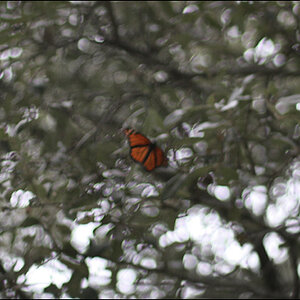
![[No title]](/data/xfmg/thumbnail/42/42455-61fb2cf2ac4f6de557a508b2195fc822.jpg?1619740191)
